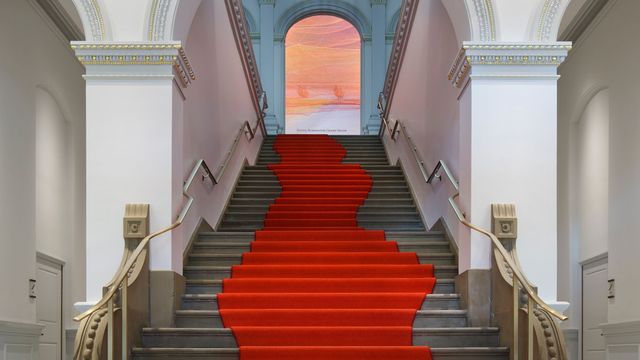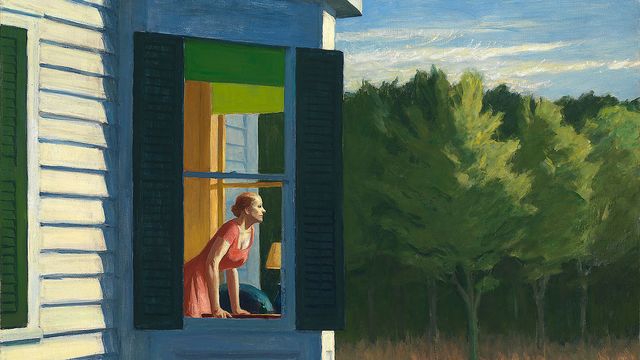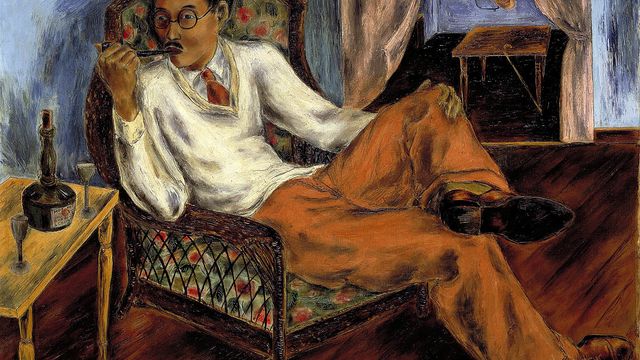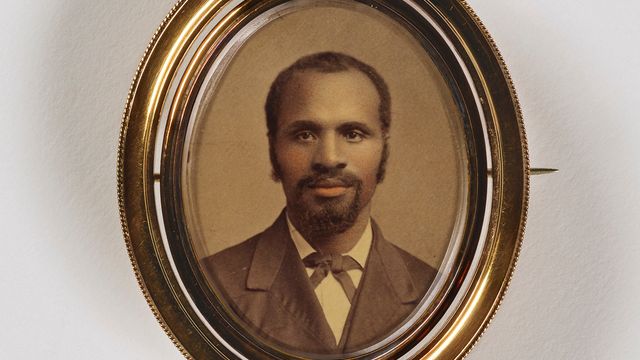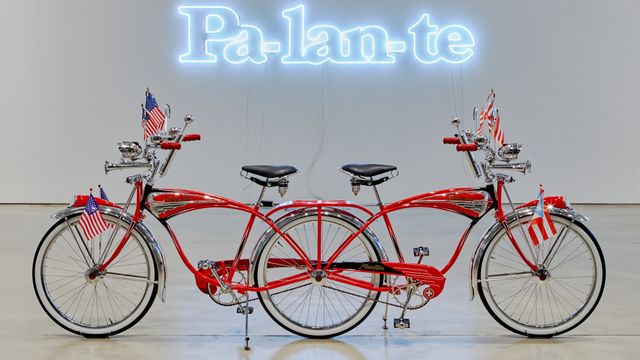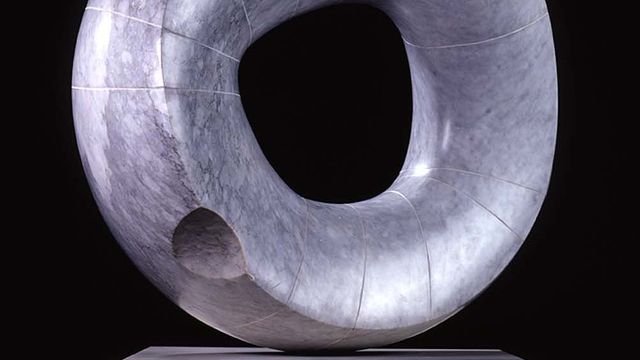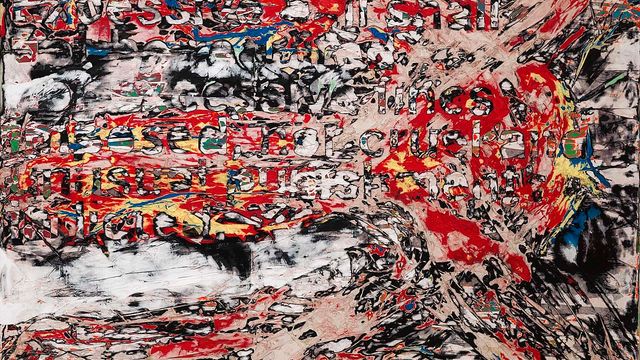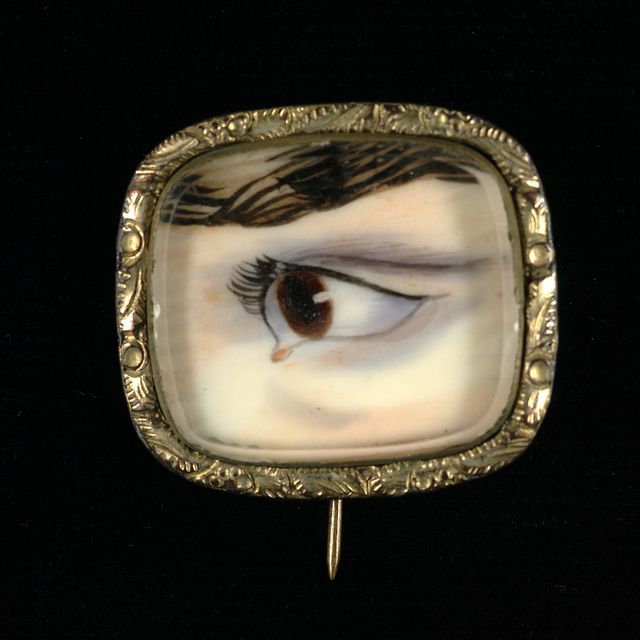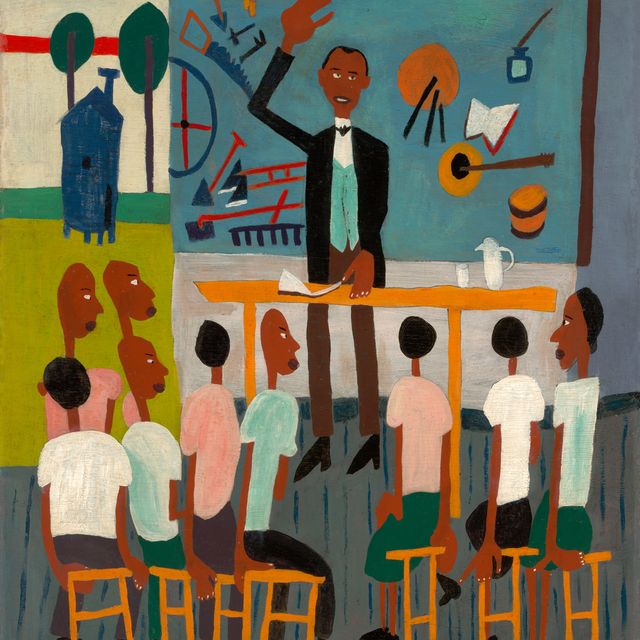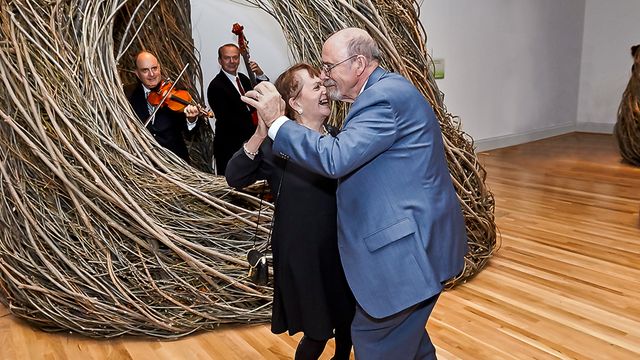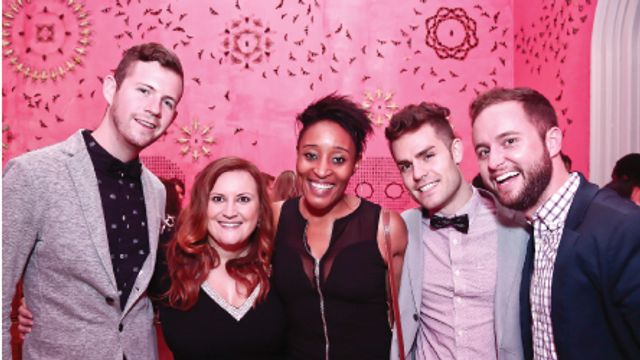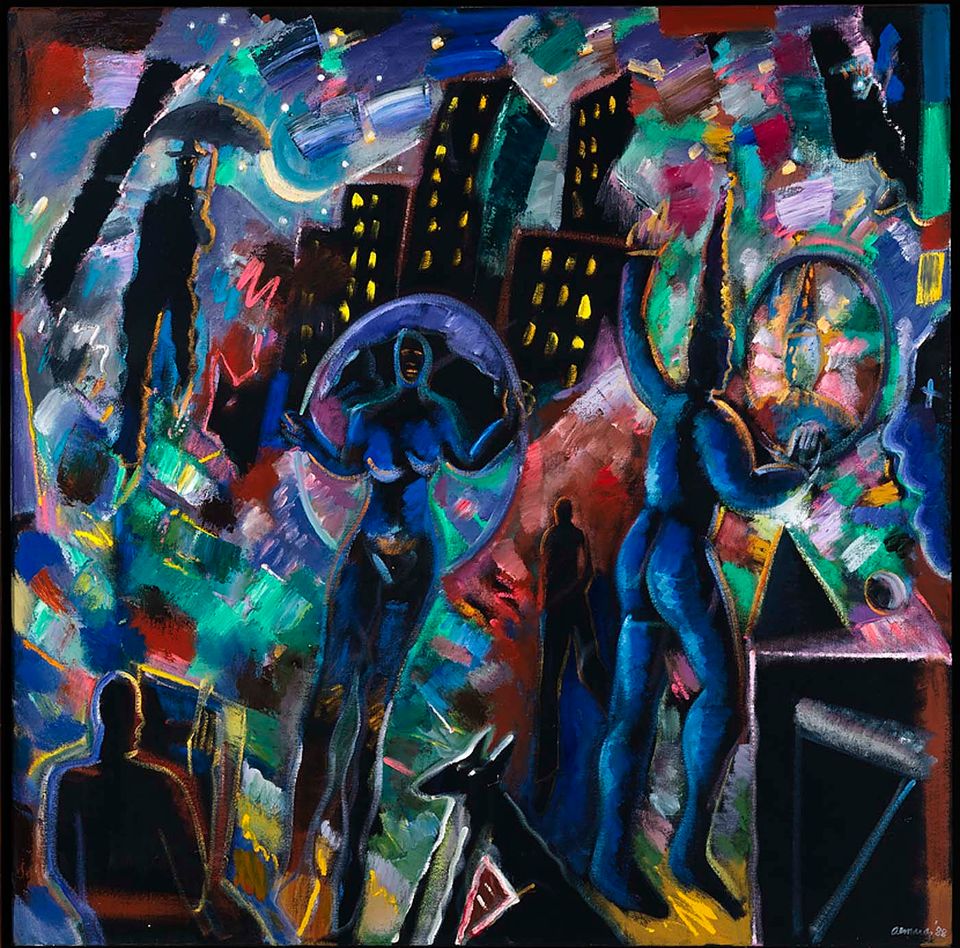Artist
María Magdalena Campos-Pons
born La Vega, Province of Matanzas, Cuba 1959
- Also known as
- Maria Magdalena Campos-Pons
- Born
- La Vega, Province of Matanzas, Cuba
- Active in
- Boston, Massachusetts, United States
Works by this artist (2 items)
Artist
Date1991
marble, wood, glass, soil, and color prints of black and white film transferred to canvas
Videos
Video Player is loading.
This audio podcast series discusses artworks and themes in the exhibition Our America: The Latino Presence in American Art at the Smithsonian American Art Museum. In this episode, curator E. Carmen Ramos discusses Constellation by María Magdalena Campos-Pons.
Exhibitions
October 25, 2013–March 2, 2014
Our America: The Latino Presence in American Art presents the rich and varied contributions of Latino artists in the United States since the mid-twentieth century, when the concept of a collective Latino identity began to emerge.


